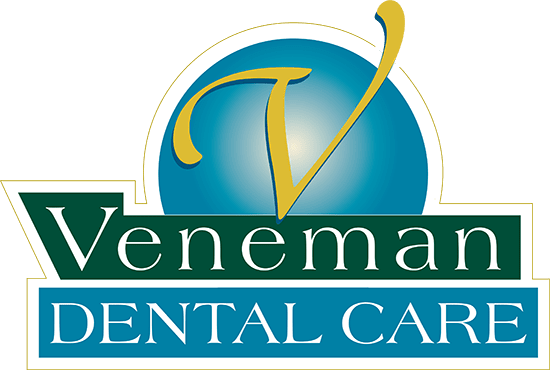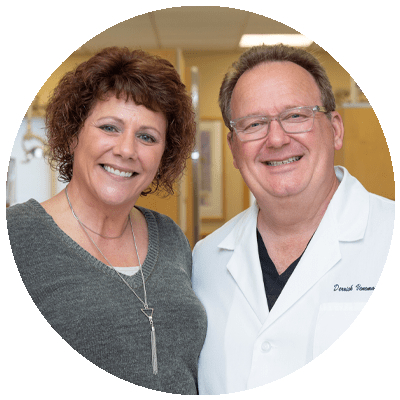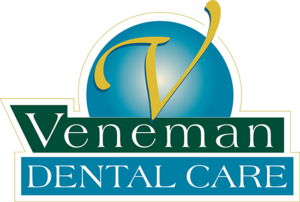Sleep apnea is a type of sleep disorder that results in multiple episodes of interrupted breathing while the person is asleep. It is a severe disorder that can result in severe sleep deprivation and be potentially life-threatening as well.
Sleep apnea is of mainly two types: obstructive sleep apnea and central sleep apnea. Obstructive sleep apnea is the more common of the two types. It occurs due to partial or complete blockage of the upper airway during sleep. Central sleep apnea occurs when the brain is unable to send stable signals to the respiratory muscles that control breathing.
Treating Sleep Apnea
Conservative Treatments:
If your doctor diagnoses you with a mild case of sleep apnea, you might be recommended specific lifestyle changes to mitigate the symptoms of the disorder.
- Statistically, around 70% of people who suffer from obstructive sleep apnea are obese. Overweight people are advised to lose weight as apneic events decrease substantially with even minor weight loss.
- Alcohol should be avoided as much as possible as it can prolong the apneic event by causing the upper airway muscles to relax and likely to collapse during sleep.
- If you have swelling in your upper airway, it can be worsened by cigarette smoking, which in turn worsens apnea. Smoking is best avoided by patients of sleep apnea.
- Sleeping on the back may lead to heavy snoring or more episodes of apnea during the night. Sleeping on the side can help reduce airway blockage and prove beneficial with mild obstructive sleep apnea.
- In patients with nasal congestion and sinus problems, nasal decongestants and breathing strips prove immensely beneficial in the reduction of snoring and improving airflow during night-time breathing.

Mechanical Treatments:
For patients who suffer from more severe forms of obstructive sleep apnea, Positive Air Pressure therapy proves more useful. This type of treatment incorporates the use of devices with breathing masks that are worn by patients over their mouth and/or nose. The device blows pressurized air into their throats while they are asleep, which prevents the upper airway from collapsing. The are several types of Positive Air Pressure devices available that vary depending on the range of pressure used in the air supply and the requirements of the patient:
- CPAP (Continuous Positive Airway Pressure) is the most reliable and commonly used device in sleep apnea patients. The device is set at one fixed pressure, which is slightly higher than the surrounding air pressure. It delivers just enough air to keep the upper airway passages open and prevent snoring and apneic episodes.
- Bi-Level PAP is used when the CPAP devices fail on a patient. It uses a particular pressure setting while breathing in and a lower pressure setting while breathing out.
- Auto CPAP/Auto Bi-Level PAP uses a range of self-regulating pressure that is detected by the device itself based on the requirements of the patient.
Oral Appliances Therapy:
Oral appliances are gradually gaining popularity as the first line of treatment for mild to moderate sleep apnea patients and for those who cannot tolerate the CPAP devices. While they may not be as effective as PAP devices, they are less cumbersome to use and often preferable to the large machines. There are a large number of FDA approved oral appliances available that help in the treatment of snoring and sleep apnea. Most oral devices are designed like orthodontic appliances or mouth guards that are worn by patients while they sleep.
- Mandibular Advancement Devices: They assist in bringing the lower jaw forward to keep the throat open and keep the tongue from blocking the throat as well.
- Oral Pressure Device: Patients wear this device in the mouth as they breathe through the nose while asleep. A vacuum created in the mouth keeps the soft palate forward as it maintains the open airway.
Surgery:
When all other methods and devices fail, surgery may be the only remaining option to cure sleep apnea. People who have excessive or malformed soft tissue blocking their air passage benefit the most from surgery. Commonly performed surgeries for sleep apnea are:
- Uvulopalatopharyngoplasty (UPPP): Removal of excess soft tissue from the back of the throat and soft palate, which increases the width of the airway.
- Nasal Surgery: Corrective surgery to fix issues with the nasal passage. Deviated nasal septum is the most commonly done procedure.
- Jaw Advancement Surgery: This surgery is done to correct sleep apnea caused due to irregularities with the upper or lower jaw.
Untreated sleep apnea can disrupt the quality of life, and it is essential to seek help if you have been diagnosed with sleep apnea. There are several new sleep apnea treatment options available today that assist patients in achieving peaceful nights of uninterrupted sleep. Visit us at Veneman Dental Care to know more about all your options for treating sleep apnea.


